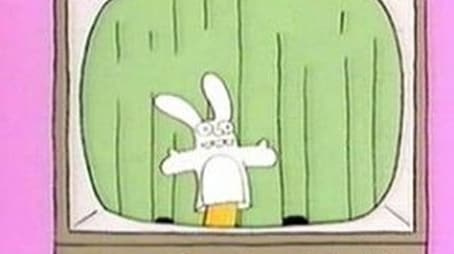
Sorry, we have not watched this yet.

Bart puts on his own show after Homer tells him to stop watching cartoons. First appearance of Itchy and Scratchy. This is the first time we hear Lisa call her dad "Homer".
Sorry, we have not watched this yet.